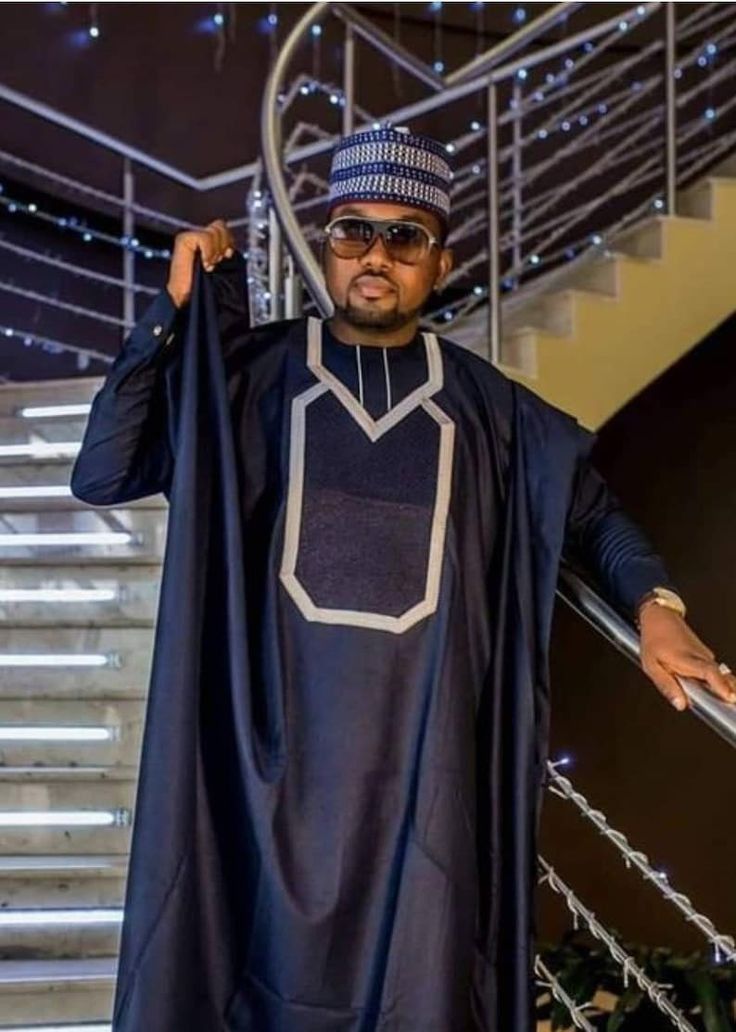
The Ultimate Guide to Agbada: History, Styles, and Trends
The Agbada, a flowing, wide-sleeved robe, is a cornerstone of West African fashion, particularly among the Yoruba people of Nigeria. More than just clothing, it’s a symbol of status, tradition, and cultural identity. This comprehensive guide explores the Agbada’s rich history, diverse styles, and evolving trends, offering a deep dive into this iconic garment.
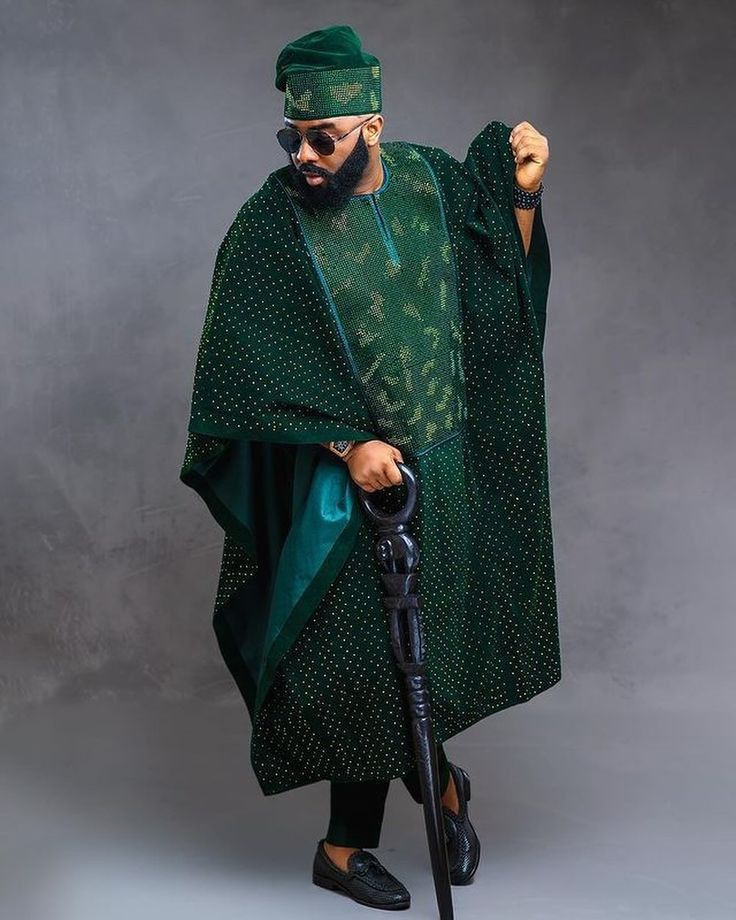
### A Journey Through History
The origins of the Agbada are rooted in the pre-colonial era, evolving from simple, functional garments to elaborate, ornate robes. Initially, the Agbada served as protection from the harsh West African climate, providing coverage from the sun and dust. Over time, it became a marker of wealth and power. The quality of the fabric, the intricacy of the embroidery, and the overall size of the robe indicated the wearer’s social standing.
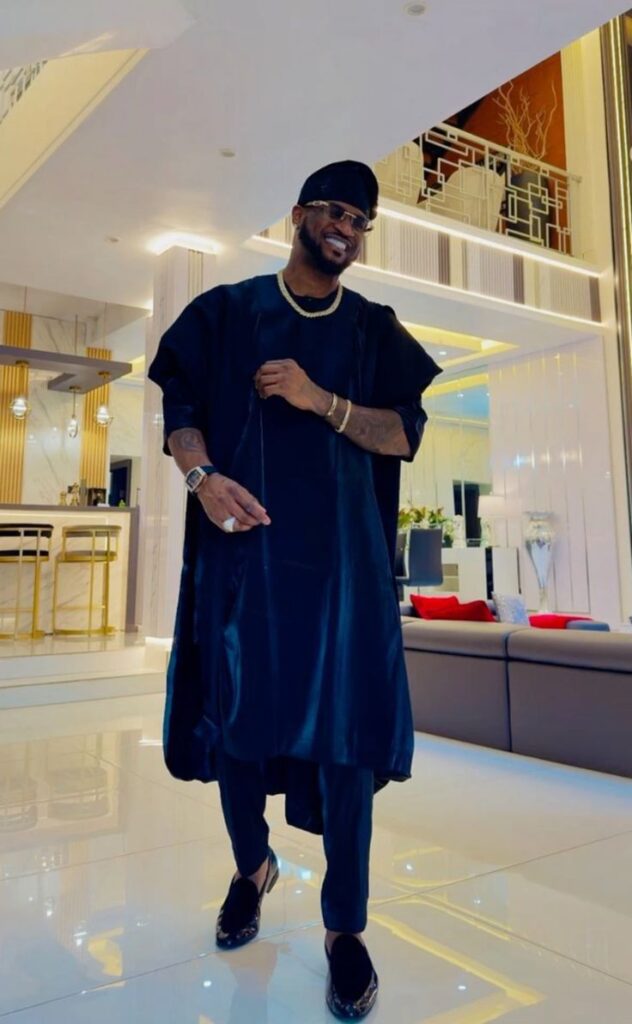
The Yoruba, known for their sophisticated textile traditions, played a pivotal role in the Agbada’s development. Weavers and tailors, often organized into guilds, perfected the art of creating these garments, passing down techniques through generations. The Agbada’s design and embellishments were influenced by various factors, including trade with North Africa and the introduction of new materials and patterns.
### Styles and Variations
The Agbada comes in several distinct styles, each with unique characteristics. The most common is the “Agbada Ewu,” which consists of four pieces: the outer robe (Agbada), an undershirt (awotele), trousers (sokoto), and a head covering (fila). The Agbada itself is typically made from heavy, densely woven fabric, such as aso oke, a hand-loomed cloth, or damask.
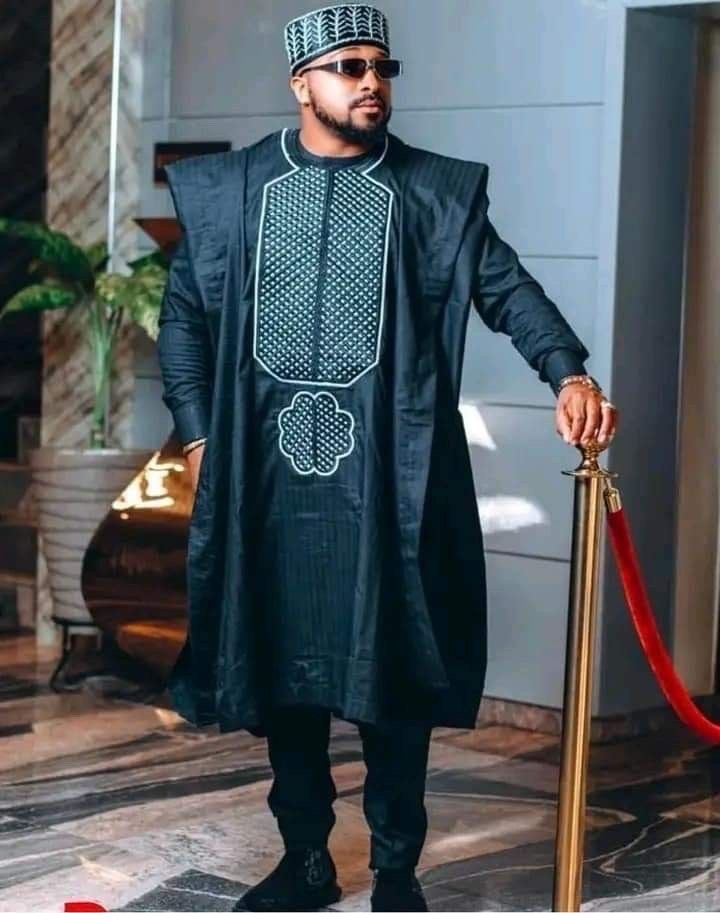
The size and shape of the Agbada can vary, with some robes being voluminous and others more streamlined. The “Agbada Ropo” is a variation that often features a shorter, more tailored outer robe, reflecting a more contemporary aesthetic. Embroidery plays a crucial role in the Agbada’s design. Intricate patterns, often geometric or symbolic, adorn the chest, back, and sleeves of the robe. The choice of embroidery style and color can vary depending on the region, occasion, and personal preference.
### Trends and Modern Adaptations
The Agbada has undergone a remarkable transformation in recent years, adapting to contemporary fashion trends while retaining its cultural significance. Designers are experimenting with new fabrics, colors, and embellishments, creating modern interpretations of the traditional garment.
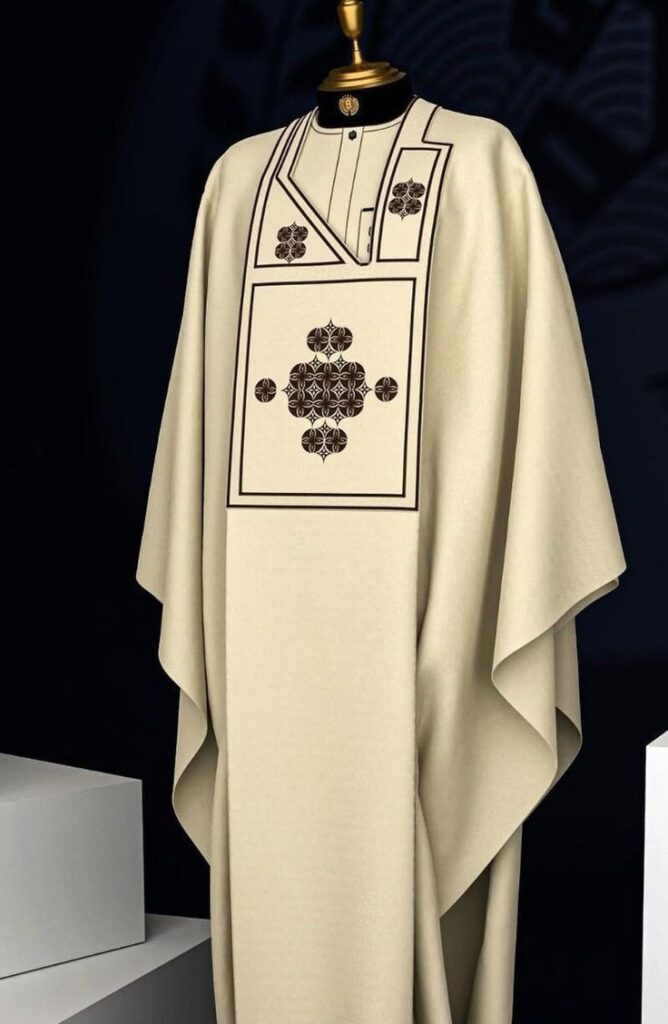
Lightweight materials like silk and linen are being used to make the Agbada more comfortable and versatile. Bold colors and patterns are gaining popularity, reflecting a globalized fashion landscape. The Agbada is no longer confined to formal occasions. It’s now worn in various settings, from weddings and ceremonies to casual outings.
The rise of social media has further fueled the Agbada’s popularity, with fashion influencers and celebrities showcasing the garment on platforms like Instagram and TikTok. This exposure has introduced the Agbada to a wider audience, increasing its visibility and appeal. Contemporary designers are also incorporating the Agbada into their collections, blending traditional elements with modern silhouettes.
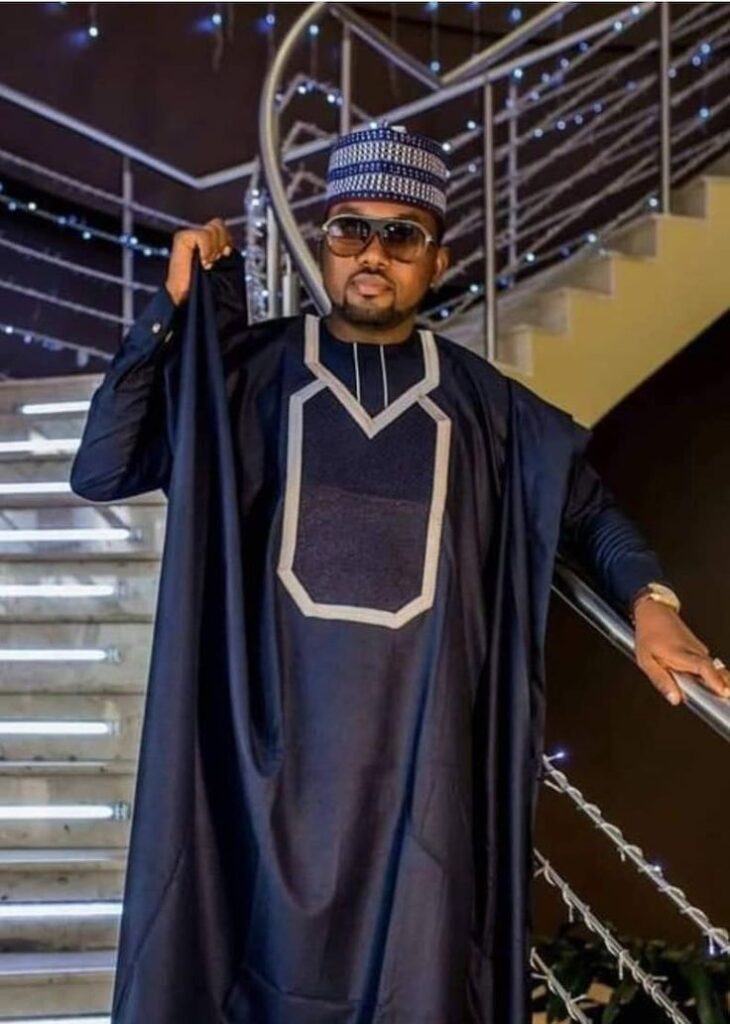
The Agbada Today
The Agbada remains a vital symbol of cultural pride and identity. It embodies the rich history, artistry, and heritage of West Africa. As fashion evolves, the Agbada continues to adapt, reflecting the creativity and innovation of designers and the enduring appeal of this iconic garment. Whether worn for a special occasion or as everyday wear, the Agbada is a statement piece that celebrates tradition while embracing modernity.

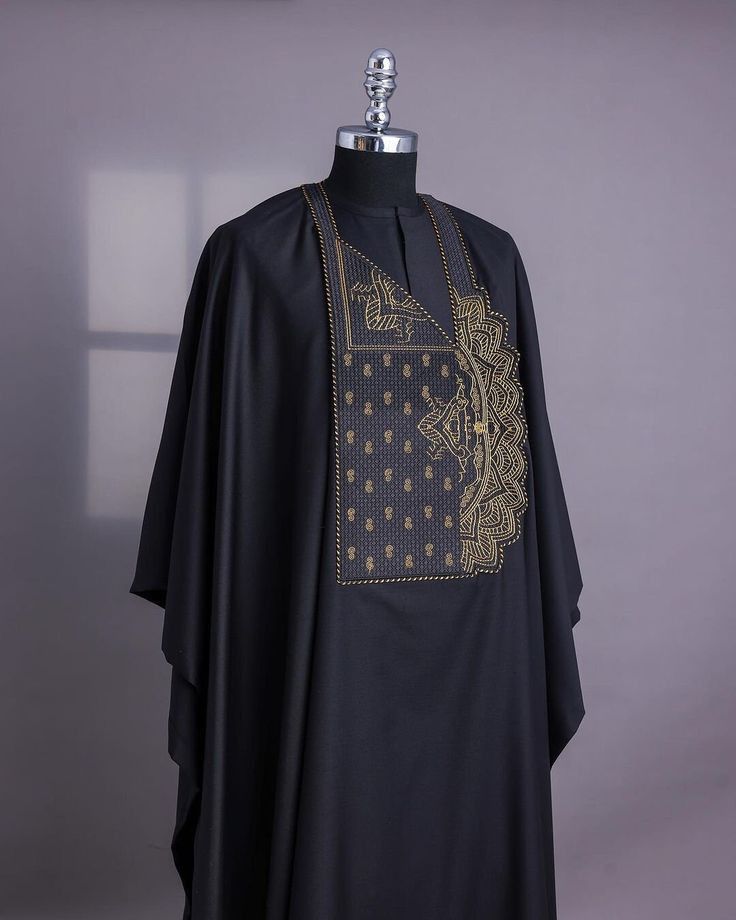
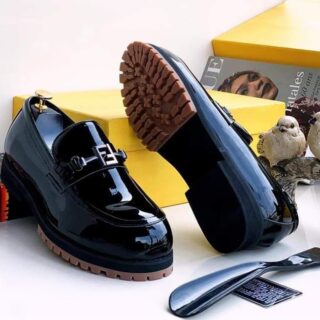
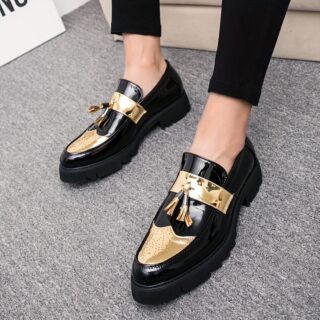

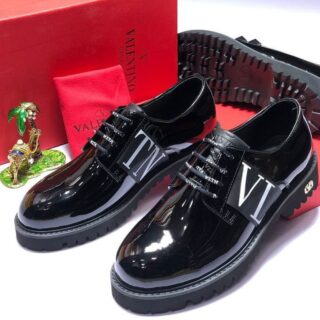

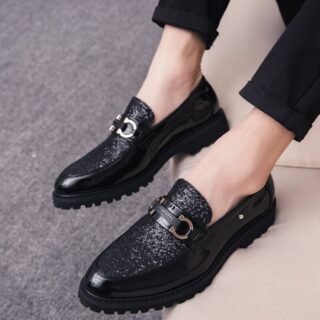

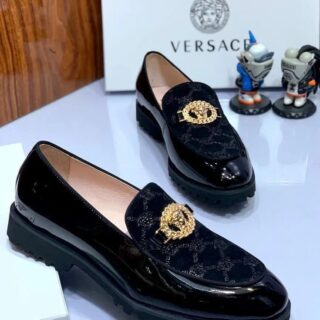
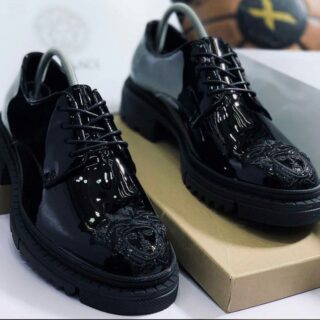

Leave a Reply